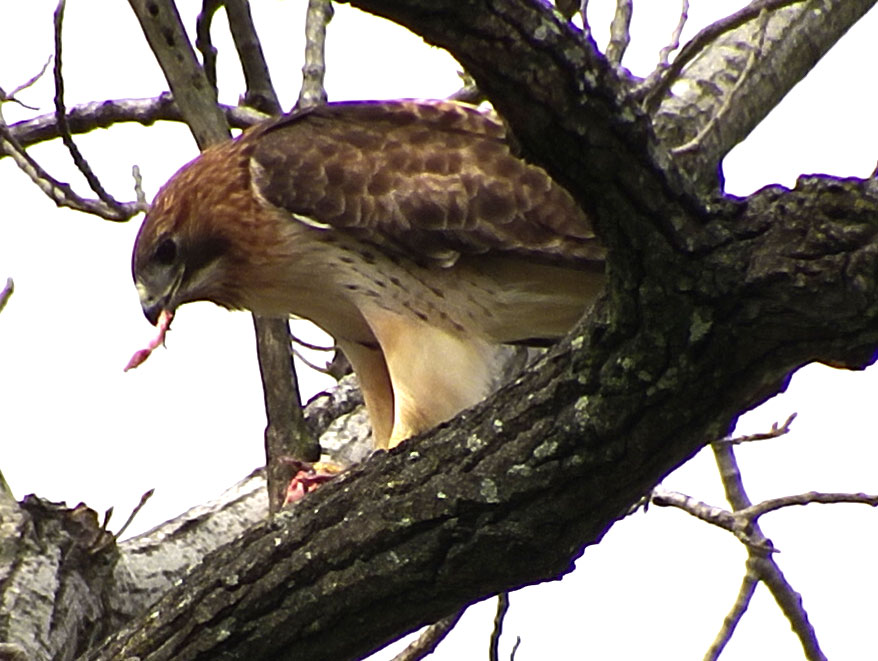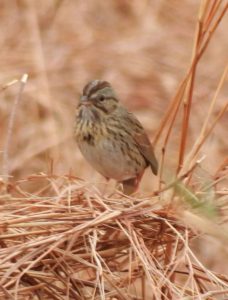What’s for dinner

I don’t know how many creatures live in Buffalo Bayou Park, but I do know that we have almost exactly as many as the Park can support. If the Park could support more critters, they would have been here already.
When you run into critters in the Park, they are not there for rest and relaxation. They are there to make a living. They are working to stay alive and stay fed long enough to raise a family. We may cast our eyes over the Park and marvel at the beauty of nature, but nature itself has more serious things to marvel over. Like, what’s good to eat around this place?
The Park’s food chain starts with little stuff. Small fish, insects, insect larva, seeds, leaves. These small things are eaten by birds, bigger fish, mammals and these, in turn, are eaten by larger birds, fish, turtles and mammals. As long as there’s more and more to eat, there will be more and more critters to do the eating.
Animal population and even the mere presence of certain species who require an abundance to live are good indicators of the environmental health of our Park. So, I am happy to report that things are getting better. The stands of native grasses have provided a habitat for more insects and have yielded an abundance of seeds. This can support more creatures, which in turn support more creatures until we end up with a pair of shrikes in the Park. They are apex predators of grassland habitats. We also have breeding pairs of red-shouldered hawks and red-tailed hawks. We have beavers.
 A week or so ago, I saw a song sparrow. This isn’t a rare bird or even a bird in great decline. But it isn’t a bird you often run into in the city. It’s a country bird. But 25 years ago, I would see them from time to time in the Park. I even remember where I would find them because it was, even then, an unusual bird to see in a city.
A week or so ago, I saw a song sparrow. This isn’t a rare bird or even a bird in great decline. But it isn’t a bird you often run into in the city. It’s a country bird. But 25 years ago, I would see them from time to time in the Park. I even remember where I would find them because it was, even then, an unusual bird to see in a city.
Last week’s sparrow wasn’t in the old song sparrow spot. It was in the middle of a stand of now-brown little bluestem, a native grass. It was very much an “if you build it, they will come” kind of thing. There he was, exactly where he should have been, but hasn’t been for 25 years.
So this week, we are celebrating food. Without it, no one could survive.
First is the gruesome mechanics of disemboweling dinner. I saw this red-tailed hawk drop down on something in Glenwood Cemetery, right next to the Park. He flew to a tree near the Rosemont Bridge and proceeded to enjoy the fruits of his labor.
Notice how hard he pulls at the animal he is dismembering. In the post about shrikes, I noted that their feet aren’t strong enough to hold prey for this sort of effort. They have to wedge their victim in a V’ed branch or on a thorn.
And second is that snowy egret, who you might be getting tired of, but she keeps doing interesting things. In the last two weeks, we have seen her race a cormorant to get a fish and stand in chest deep water to try to lure a fish to the surface. This week she is demonstrating a much more common snowy egret hunting routine. She is stirring up the bottom with her big yellow foot and watching for something tasty to show itself by trying to escape.

